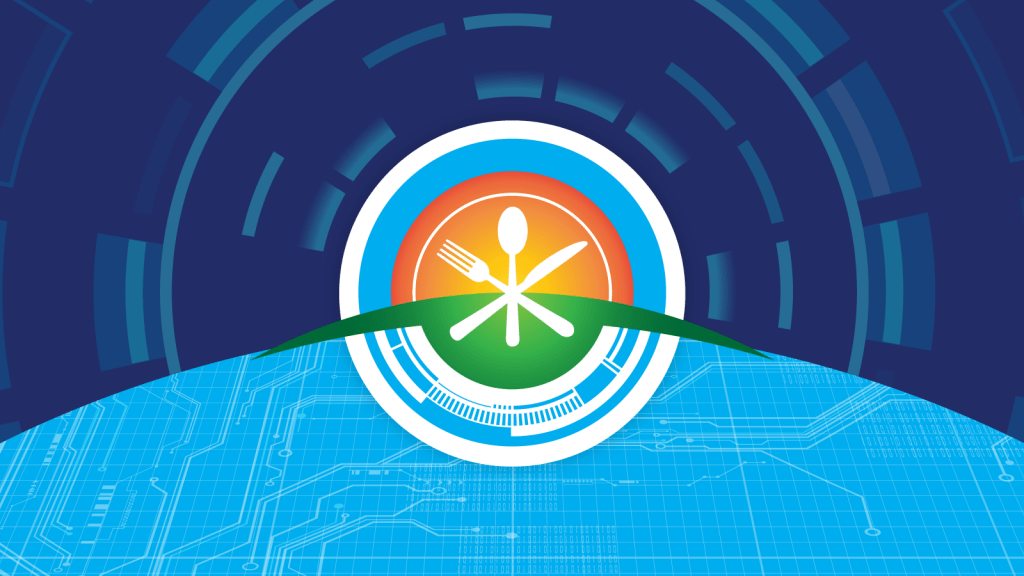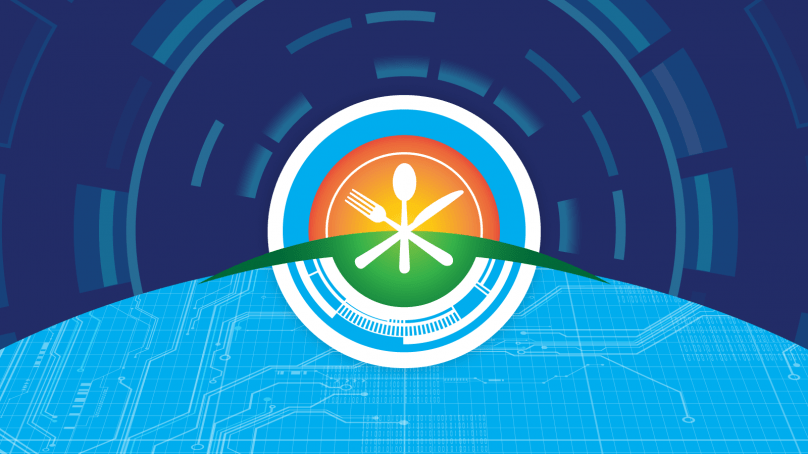 As the world is changing rapidly, we are in the midst of a food revolution: Foods are being reformulated, new foods and new food production methods are being realized, and the food system is becoming increasingly digitized. The U.S. Food and Drug Administration (FDA) believes modern times require modern approaches.
As the world is changing rapidly, we are in the midst of a food revolution: Foods are being reformulated, new foods and new food production methods are being realized, and the food system is becoming increasingly digitized. The U.S. Food and Drug Administration (FDA) believes modern times require modern approaches.
This belief drove the launch of a new blueprint addressing the food industry’s most pressing issues. While the FDA had originally planned to unveil this blueprint in the spring of 2020, plans were placed on pause to focus on COVID-19 pandemic response efforts. This crisis has highlighted some challenges and has underscored the need for modern approaches. With the pandemic have come unprecedented imbalances in the marketplace, changing consumer behaviors and a rise in e-commerce, and challenges in performing inspection and compliance work in FDA’s traditional manner. It has demonstrated the need for more real-time, data-driven approaches to help ensure a strong and resilient food system.
The ‘New Era of Smarter Food Safety’ represents a new approach to food safety, leveraging technology and other tools to create a safer and more digital, traceable food system. Smarter food safety is about more than just technology. It’s also about simpler, more effective, and modern approaches and processes. It’s about leadership, creativity, and culture.
This blueprint outlines the approach FDA will take over the next decade to usher in the new era of smarter food safety. It will evolve as food technologies and the food system evolve.
FDA with stakeholders will envision a framework that will enable food to be traced to its source in seconds and will utilize new data analytical techniques to strengthen prevention of foodborne illnesses, alerting consumers in real time before contaminated or misbranded foods are consumed.
This document represents achievable goals to enhance traceability, improve predictive analytics, respond more rapidly to outbreaks, address new business models, reduce contamination of food, and foster the development of a food safety culture. It outlines a partnership between government, industry and public health advocates based on a commitment to create a more modern approach to food safety. There is an opportunity to drive the changes needed to create a digital and safer food system.















